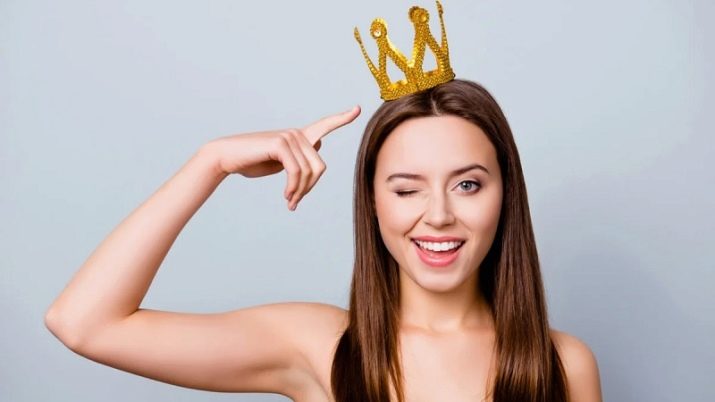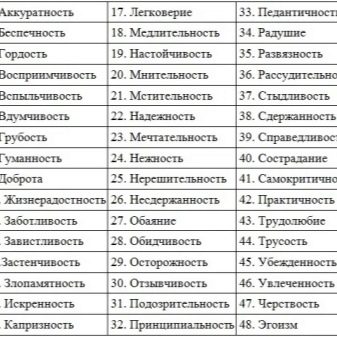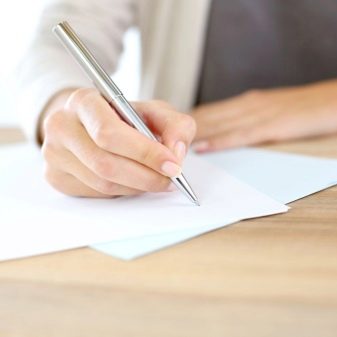What are the types of personality self-esteem in psychology?

A person's self-consciousness develops in society. In interpersonal interaction, an involuntary assessment of oneself occurs.

What is self-esteem?
In different situations, a person may evaluate himself differently. Once he is pleased with himself. At other times, the subject may have a hard time worrying about his act and engage in self-flagellation. Assessment of your persona occurs depending on how a person perceives personal strengths and weaknesses. The individual transmits to the outside world a set of beliefs about himself. The degree of social activity and self-confidence affects the acquisition of a certain place in society.
Thus, self-esteem is a complex of ideas of an individual about himself. Formation is carried out on the basis of comparing one's own person with other people. A person consciously or unconsciously evaluates himself from the position: is he like everyone else, or is he better or worse than the rest. Self-esteem is based on significant values for a particular society at a certain point in time. Without them, the subject cannot be aware of himself as a person worthy of respect. Once upon a time skillful performance of mazurka and possession of a sword were important for a man. In the modern world, these qualities do not matter, and therefore are not evaluated.
Self-esteem, being part of a person's self-awareness, is stable... It can change, but does not depend on the situational attitude towards oneself. On the contrary, a correction happens most often. A person with a low opinion of his person will for a long time engage in self-criticism for a mistake and consider himself a failure.A subject who highly appreciates his personality will consider his act as a misunderstanding and will try to quickly forget this oversight.

Types and levels
The psychological characteristics of a person depend on the individual's ability to evaluate their own strengths, actions, actions and their personal qualities. The structure of self-esteem consists of cognitive (cognitive) and emotional components.
- The first type is based on knowing yourself, their strengths and weaknesses, abilities, skills and capabilities. Self-knowledge is reflected in the level of self-esteem.
- Emotional component is directly related to the perception of various personal manifestations. The subject may or may not accept himself, approve or not support his own actions, show love or dislike towards his person, value himself or not respect.
The cognitive level affects adequacy, and the second component is aimed at protecting internal psychological comfort.
Sometimes there is a gap between real and ideal self-esteem.
Adequate
There are people who are able to realistically assess their personal qualities. They adequately correlate them with the set goals and requirements of others. Healthy self-esteem builds self-confidence, fosters a sense of dignity, and protects an individual from wrongdoing and self-esteem. The subject can perceive their principles and actions critically. He is active, sociable and focused on learning about other people and himself in society.
An individual who recognizes his own strengths and weaknesses is able to develop and improve. A sober look at himself helps him to avoid a subconscious attitude towards his superiority and exclusivity. Such a person can adequately relate to himself:
- correctly correlate your desires and abilities;
- set realistic goals for yourself;
- realistically assess specific situations;
- anticipate the results of your own actions;
- look at yourself critically from the outside.

Distorted
Self-esteem deviations in one direction or another mislead a person about himself, deform the internal properties of the psyche and reduce the quality of life. Inadequacy of self-esteem can consist in underestimating or overestimating its level.
A low bar is characteristic of insecure individuals who have an anxious and stuck type of character accentuation. They over-exaggerate their troubles, consider themselves to be failures. Low self-esteem blocks self-education, because the subject, not confident in his abilities, is afraid to start the right business and improve knowledge.
People with underestimated self-assessment are characterized by the following properties:
- dependence on the opinions of others, the need for their support;
- indecision, suspicion and excessive caution;
- unwillingness to look into the eyes of the interlocutor;
- excessive self-criticism;
- aggression as protection from the outside world;
- quarrelsomeness, vulnerability and resentment;
- envy, pettiness and desire for revenge;
- desire to go unnoticed;
- increased exactingness to yourself and other people;
- distrust of others;
- the desire to shift responsibility for their actions to others.

It happens that a low assessment of the behavior of the subject by others leads to an overestimation of his self-esteem. Internal vulnerability gives rise to the desire to demonstrate their own coolness. Increased self-esteem encourages a person to strive to be always in sight, to dominate everywhere and in everything. The individual is often cut off from reality. He has a distorted idea of himself, so he often feels lonely and dissatisfied with himself.
Increased self-esteem generates a negative attitude towards self-improvement and self-education... Any failures in life lead an arrogant person to search for the reasons for bad luck not in himself, but in those around him.Ultimately, the path to self-development is closed for them forever. Such people usually have the following qualities:
- overestimating one's own strengths;
- superiority complex, arrogance and underlined independence;
- ignoring unsuccessful actions and results;
- refusal to help and support loved ones;
- closeness, fear of showing others their weakness and defenselessness;
- tendency to selfishness;
- dismissive attitude towards other people;
- unfounded claims;
- inability to adequately perceive criticism in their address;
- rejection of someone else's opinion that does not coincide with their point of view;
- demonstrative behavior, protrusion of their characteristics and performance of actions for show.
Often, the inability to assess realistically one's own capabilities provokes failure, which can lead to a neurotic state and hysterical behavior.

Mixed
Sometimes there are people with a mixed type: slightly overestimated and at the same time slightly underestimated self-esteem. Self-esteem or a decrease in self-esteem most often manifests itself depending on the situation and time. Sometimes a person is confident in himself, and an hour later he is already disappointed in his abilities. He may feel embarrassed about being hired. But this is not evidence of his low self-esteem.
Such people do not take upon themselves obligations if they feel that they cannot cope with a specific type of activity, but they will not lower the bar of achievement either.
How to determine your type?
There are various methods aimed at measuring self-esteem of a person. With their help, you can compose a qualitative and quantitative characteristic, measure the size of the gap between the level of aspiration and self-assessment, thereby determining your type. The technique of S. A. Budassi is very popular. The subject is offered a list of 48 concepts denoting various personality traits. The respondent chooses 20 properties corresponding to his understanding of the ideal personality. The words are then ranked according to their importance.
First, the subject writes out the most preferable concepts for him, then fixes the less attractive qualities. Further actions are devoted to ranking the properties characteristic of the respondent himself. The technique allows you to reveal the real idea of the person about himself and the desire for what he would like to become. The natural non-coincidence of the real oneself with the ideal representation is considered a statistical norm. The mismatch between these ideas is a source of intrapersonal conflicts and, at the same time, an impetus for self-development.
The test "Assess yourself" is popular. The subjects are asked to choose positive and negative qualities from a list of words. After that, you need to evaluate yourself, write out the concepts inherent in the individual. With adequate self-esteem, a person places several attractive qualities in the upper part of the scale, fixes one or two positive traits in the lower part or close to the middle. When self-esteem is overestimated, all preferred qualities are placed only in the upper part of the scale.
With a low assessment of oneself, positive traits are placed in the middle or lower part of the scale, regardless of the location of negative concepts.










